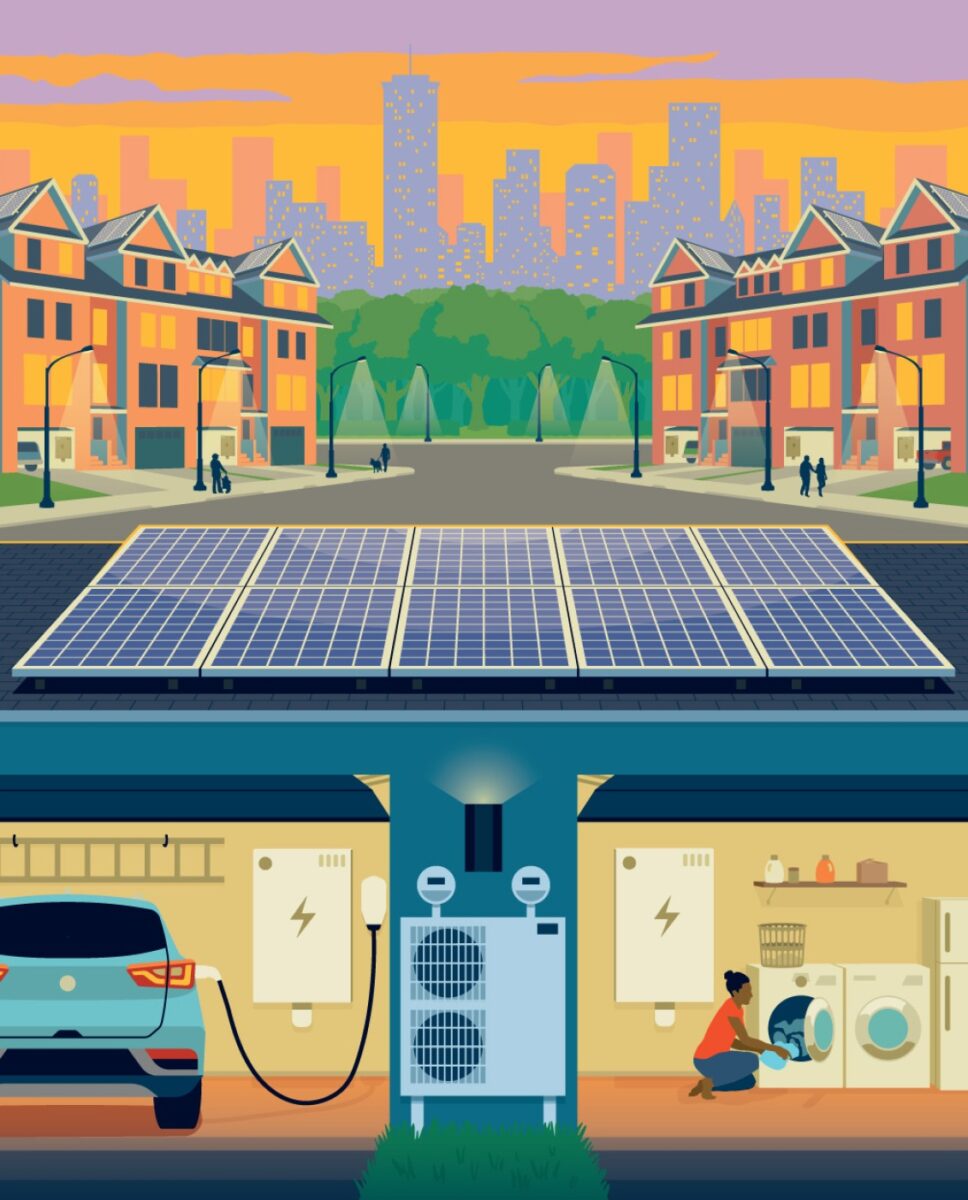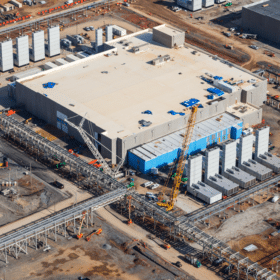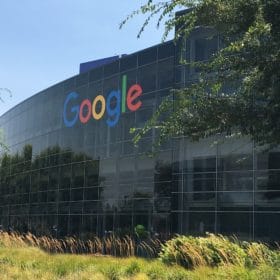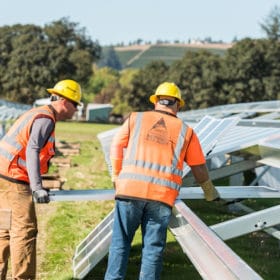This is part two of a three part series from Distributed Energy Clearinghouse. Read part one: The roots of DER markets: How federal policy opened the grid.
Energy and the Information Technology Revolution
Technological advances in data storage, management, and analytics have transformed the energy sector over the past four decades. As technology advanced and consumers demanded better service providers sought to differentiate through smarter, cheaper, and more efficient control systems. The cost of a microprocessor, once hundreds of dollars in 1980, dropped to just cents by 2020, enabling widespread deployment of intelligent devices.
Companies like Itron capitalized on this trend. Originally focused on utility meter reading, Itron and its competitors grew by integrating low-cost processors, communication modules, and sensors into smart meters and grid-edge devices. These advances allowed utilities to capture detailed consumption data in near real time.
The rise of the internet further accelerated data capture and processing. Systems that once gathered data monthly could now transmit and analyze it every few seconds. This enabled predictive maintenance, real-time grid optimization, and better customer engagement.
Cloud computing and big data analytics have driven the most recent wave of innovation. Over 40 years, storage capacity has grown exponentially—from megabytes to petabytes—while costs fell dramatically. Modern analytics platforms now handle vast volumes of structured and unstructured data, using machine learning to extract insights. These developments underpin today’s intelligent energy systems, empowering utilities, consumers, and third-party providers with actionable information.
Demand response – from simple conservation to advanced control
The evolution of demand response (DR) in electricity markets reflects a shift from simple conservation efforts to sophisticated market-based mechanisms for grid reliability. Initially, nascent DR programs were utility-led, aimed at peak shaving during high-demand periods. These voluntary efforts relied on customer goodwill or basic incentives to curtail usage during heatwaves or system stress.
As ISOs matured, particularly in regions like PJM, ISO-NE, and CAISO, DR programs became more structured. ISOs integrated DR into capacity, energy, and ancillary service markets, enabling demand-side resources to compete with generation for grid services. This elevated the role of load curtailment in ensuring frequency stability and system adequacy, not just during emergencies but as a regular market tool.
The regulatory changes resulted in the creation of market intermediaries or Curtailment Service Providers (CSPs), like EnerNoc. These intermediaries bridged the gap between grid operators and businesses, offering expertise in evaluating facility operations, estimating load flexibility, and installing telemetry and controls to meet DR qualification standards. By aggregating multiple small loads or distributed generation units, CSPs lowered the barrier to entry and made participation accessible to commercial and institutional customers.
Advanced metering, controls and energy management systems
The evolution of metering and control technologies has dramatically enhanced visibility into energy consumption and system responsiveness. Submetering has emerged as a cornerstone, enabling detailed tracking of discrete energy systems – HVAC, lighting, and process equipment – across commercial, manufacturing, and industrial environments.
These insights allow stakeholders to pinpoint inefficiencies and benchmark usage patterns at the system level. Advanced metering infrastructure builds on this by providing high-resolution, real-time data capture coupled with remote control capabilities. Smart meters and sensors offer two-way communication that supports dynamic energy pricing and behavioral feedback for consumers.
With the maturation of the internet and modern networking protocols, disparate systems are now easily integrated into unified analytics platforms. These platforms consolidate metering data, enabling granular analysis, predictive maintenance, and cross-site energy optimization through cloud-based dashboards and edge-computing applications.
For grid stability, under-frequency relays and voltage support mechanisms offer critical protection by detecting frequency drops and voltage anomalies, triggering automated load shedding or supply support – functions essential for responsive demand-side management.
Finally, Energy Management Systems and VPPs integrate distributed energy resources DERs. These orchestrated systems interact with utilities and market signals, enabling participation in the energy markets, sale of ancillary services and demand response while optimizing energy usage, cost, and carbon footprint in real time. More to follow in part three.

Richard Zdunkewicz is co-founder and CEO of Distributed Energy Clearinghouse®, a Power Grid Resilience Fintech company that provides advanced analytics of the distributed energy value stack and DER investments in all markets across the United States. Distributed Energy Clearinghouse® provides its products and services to project developers, consultants and end users.
Richard has more than 25 years of experience working in the Grid Edge environment on both the demand and supply side. Before founding Distributed Energy Clearinghouse® Richard was Vice President, Consulting for Wood Mackenzie, a global research and consultancy firm. Richard’s work experience also includes management roles at Acclaim Energy, Sempra Energy and Centrica.
The views and opinions expressed in this article are the author’s own, and do not necessarily reflect those held by pv magazine.
This content is protected by copyright and may not be reused. If you want to cooperate with us and would like to reuse some of our content, please contact: editors@pv-magazine.com.








By submitting this form you agree to pv magazine using your data for the purposes of publishing your comment.
Your personal data will only be disclosed or otherwise transmitted to third parties for the purposes of spam filtering or if this is necessary for technical maintenance of the website. Any other transfer to third parties will not take place unless this is justified on the basis of applicable data protection regulations or if pv magazine is legally obliged to do so.
You may revoke this consent at any time with effect for the future, in which case your personal data will be deleted immediately. Otherwise, your data will be deleted if pv magazine has processed your request or the purpose of data storage is fulfilled.
Further information on data privacy can be found in our Data Protection Policy.